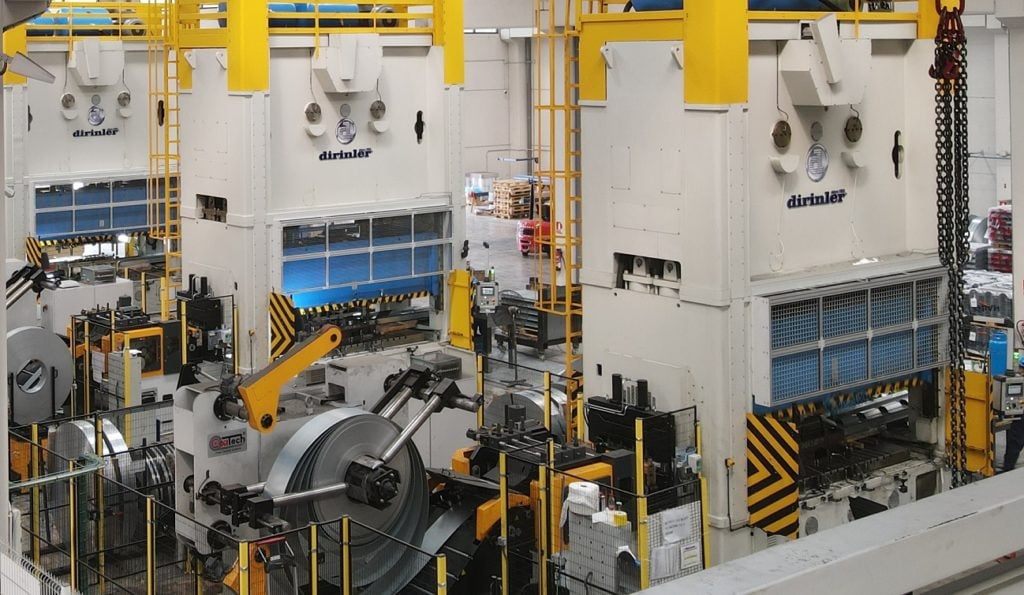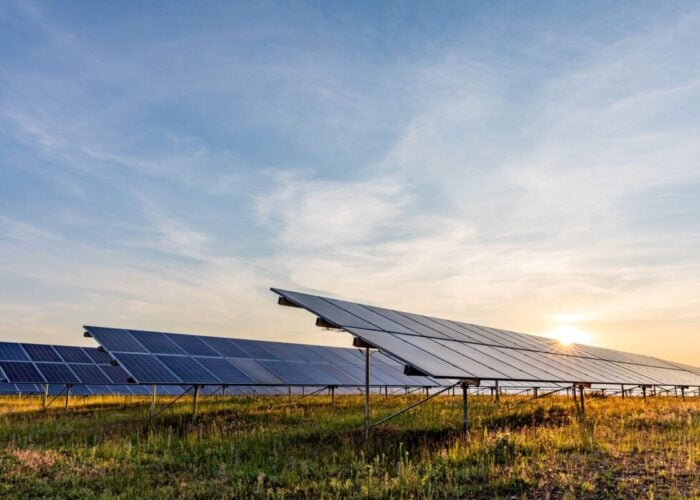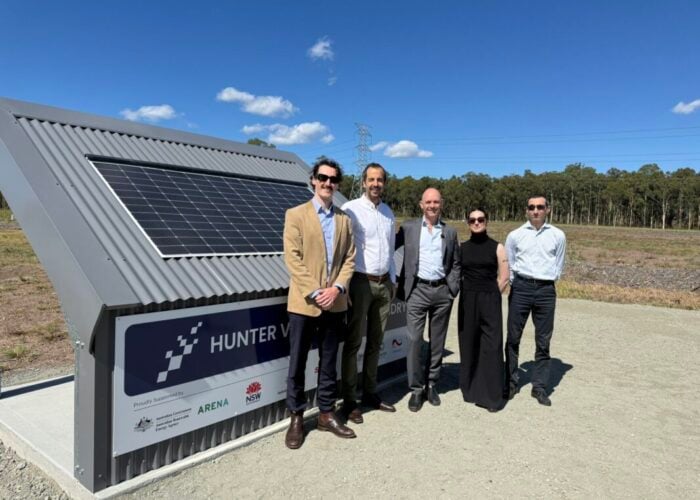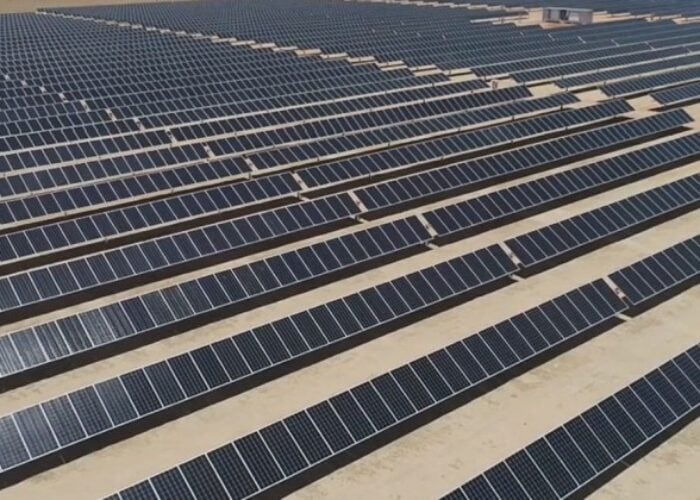
Countries other than China will need to invest US$700 billion in mining and manufacturing to develop their renewables production capacity and break China’s domination of these sectors, according to a study conducted by research firm Rystad Energy.
The company said these investments cover domestic supply chains for material mining, processing, refining and manufacturing for clean energy projects including solar, wind and batteries. Still, China is dominating the manufacturing of solar and battery cells.
Try Premium for just $1
- Full premium access for the first month at only $1
- Converts to an annual rate after 30 days unless cancelled
- Cancel anytime during the trial period
Premium Benefits
- Expert industry analysis and interviews
- Digital access to PV Tech Power journal
- Exclusive event discounts
Or get the full Premium subscription right away
Or continue reading this article for free
For example, China’s annual investment in building its manufacturing and processing capacity climbed from US$10 billion in 2016 to US$140 billion in 2023. As a result, China’s solar PV capacity grew from 14GWac in 2016 to 850GWac in 2023, and its battery cell capacity jumped from 126GWh in 2016 to 1,550GWh in 2023.
In comparison, the combined annual investment in all other nations grew from US$7 billion in 2016 to US$20 billion in 2023.
Moreover, China is mining raw materials from other countries, including investing in African rare earth mineral mining projects, such as lithium extraction in Namibia.
Rystad Energy suggested that if other countries need to reduce their dependence on Chinese-controlled materials, they will need to invest in processing and manufacturing facilities beyond the influence of China, in order to provide alternate destinations for minerals and disrupt the existing trade routes in the renewables sector.
The company added that the pipeline of projects outside China currently accounts for just one-quarter of the production capacity that would be required to eliminate reliance on Chinese production.
“As the energy transition accelerates and demand for affordable clean energy capacity grows, the West is frantically trying to break China’s stronghold on supply chains to boost adoption rates and cut costs,” said Audun Martinsen, head of supply chain research at Rystad Energy.
Chinese growth set to continue
Chinese companies boast a myriad of patents and lead the development of new technologies, which could delay the speed at which the EU and US can catch up.
As a result, a possible regional clean energy supply chain will only be possible until at least 2030. PV Tech has already reported that China is expected to account for 95% of the announced global n-type cell capacity in 2026.
Lastly, large-scale mineral recycling will also be required, including decommissioned equipment, with the EU aiming to source 25% of its mineral demand from recycling.
To boast its domestic manufacturing capacity, the US Department of the Treasury and the Internal Revenue Service (IRS) recently released proposed guidance for the 45X Advanced Manufacturing Production Credit, clarifying definitions of eligible components and detailing the tax credit amount for eligible solar components.
In Europe, the European Parliament voted to accept the Net Zero Industry Act (NZIA) on 21 November, which will seek to bring manufacturing for renewable energy technologies, including solar PV, battery energy storage and wind, within EU borders.
The EU said that the aim of the NZIA is to enable Europe to meet 40% of its clean energy deployment needs with domestically-manufactured products. The final amendments to the act broadened its scope to cover the “entire supply chain, including components, materials, and machinery for producing net zero technologies.”





